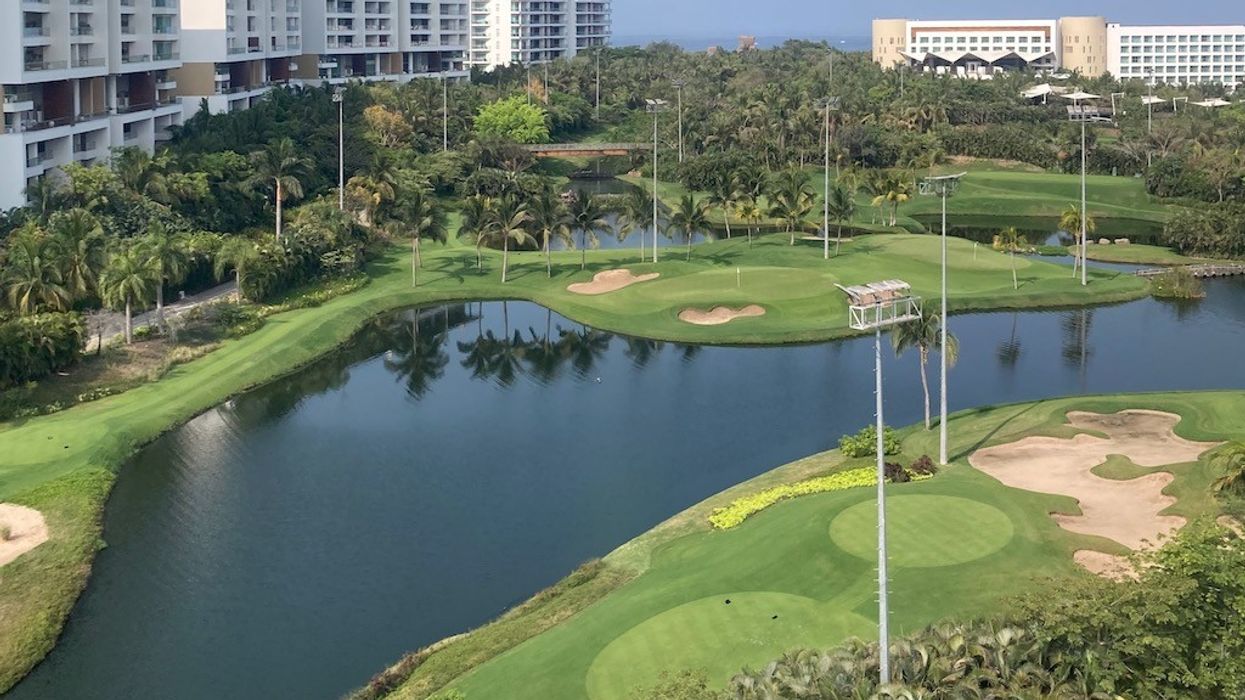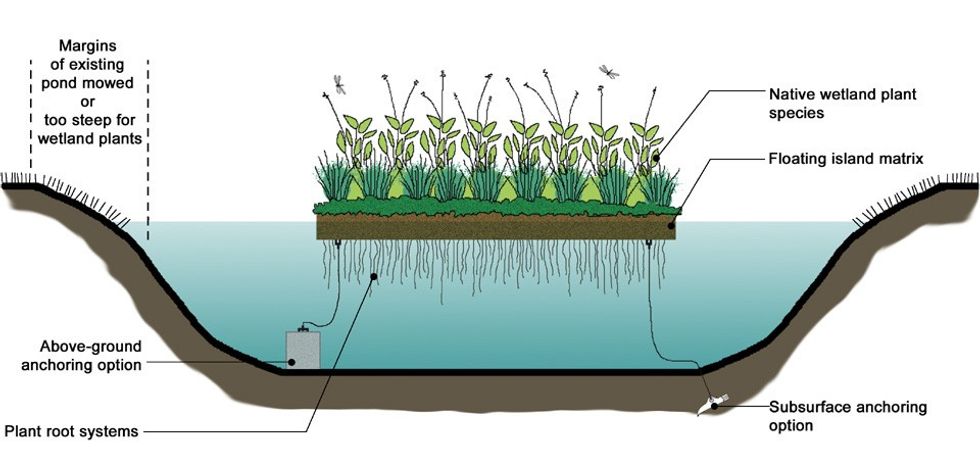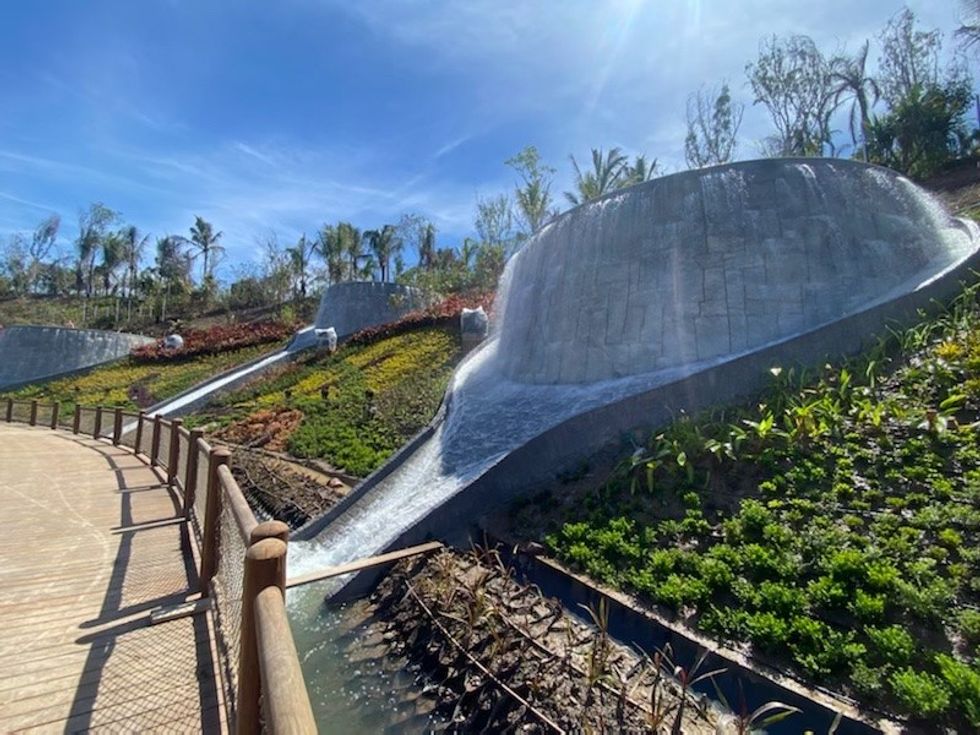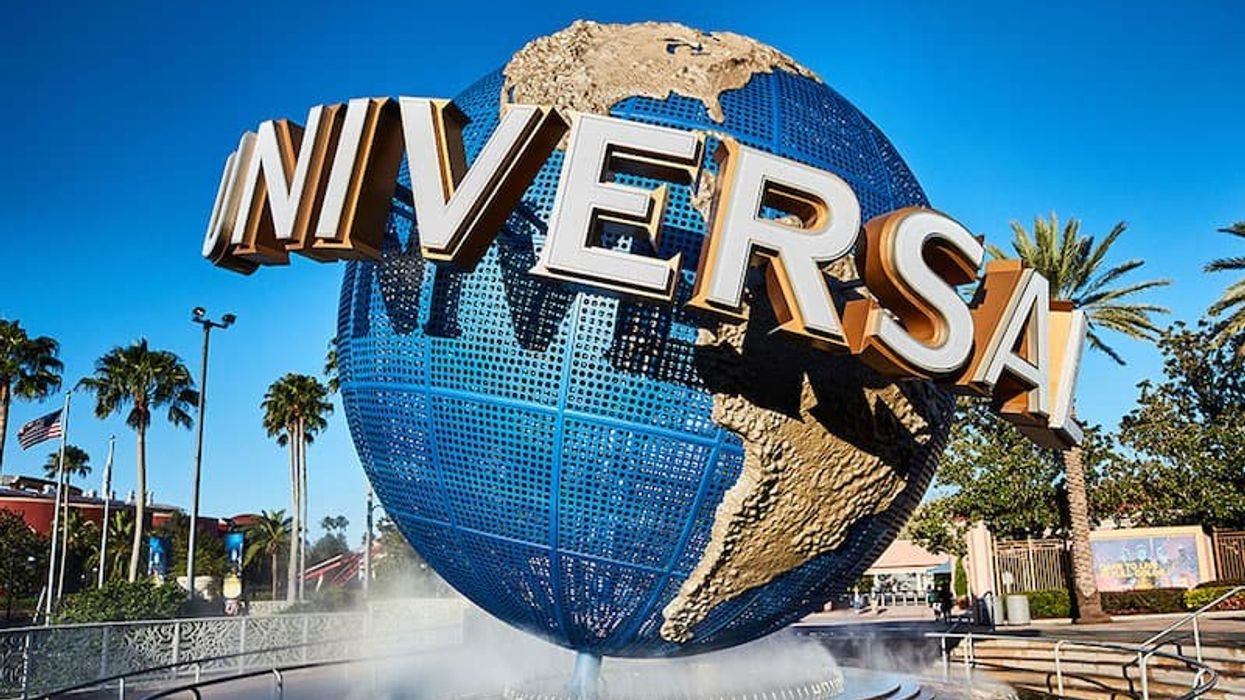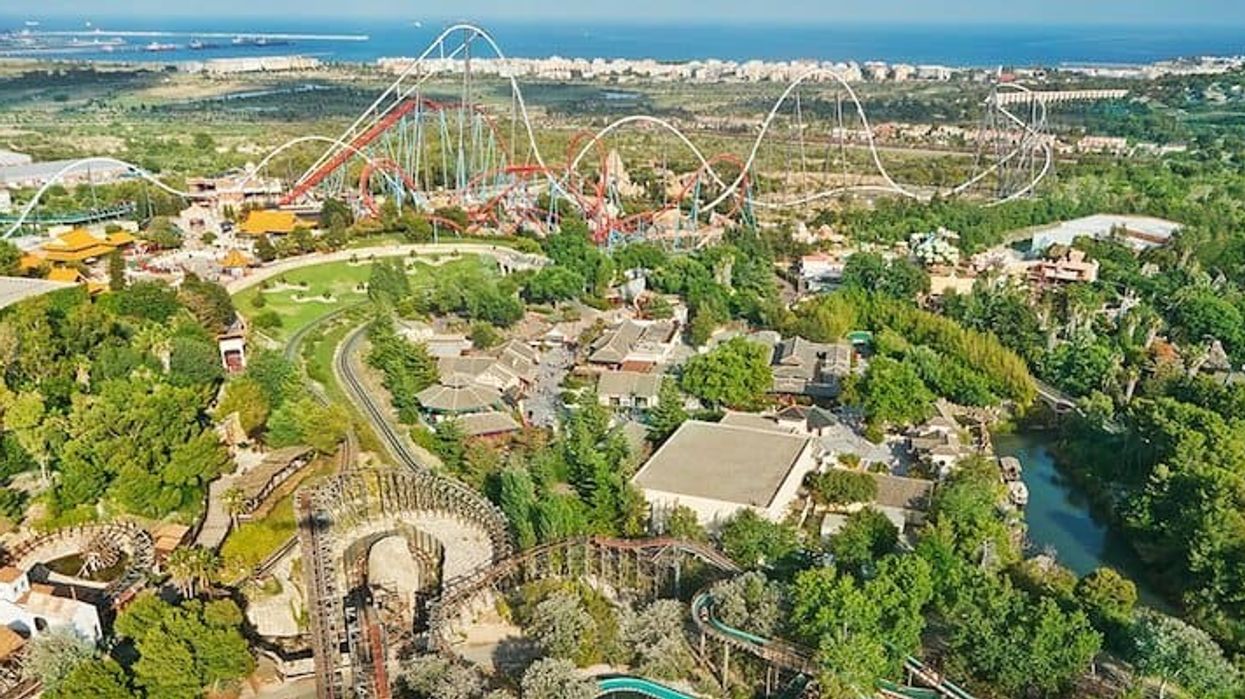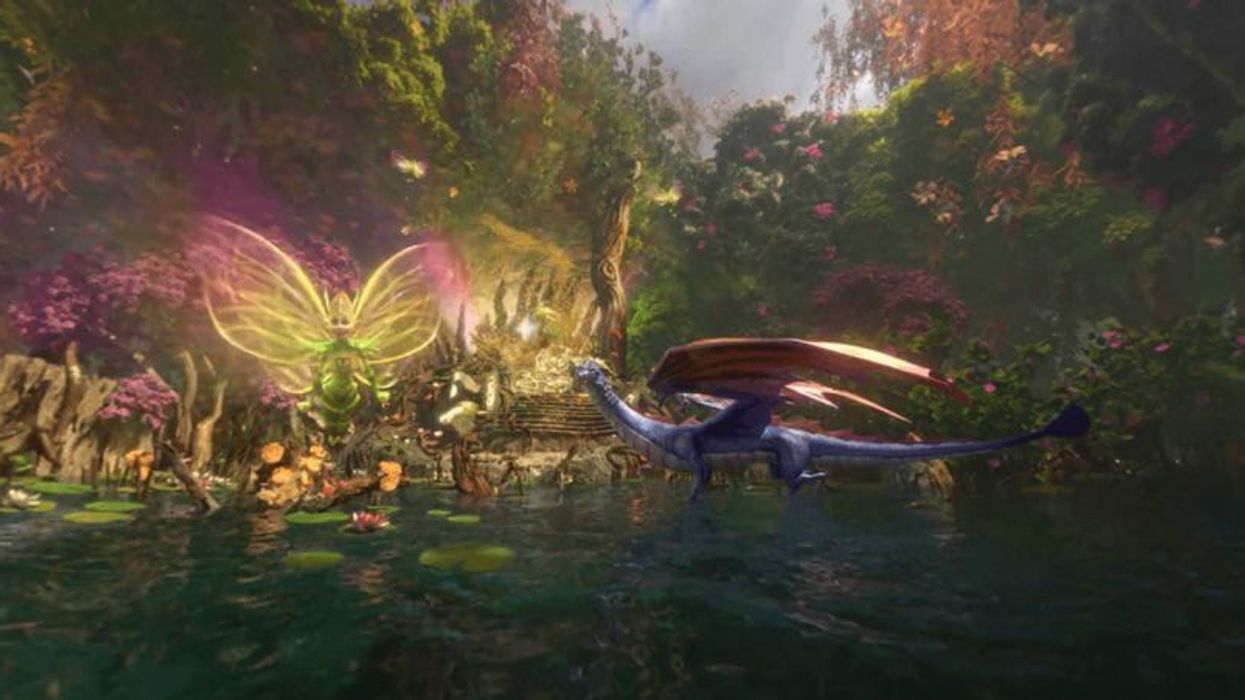Cloward H2O, an expert in aquatic design,has shared details of a project for Vidanta, a renowned global brand dedicated to environmental sustainability and offering luxurious vacation experiences.
An excellent example of this eco-forward approach is the advanced water treatment system it uses for its lakes, which combines natural wetlands, plant-based filtration, and innovative technology to transform large water bodies into sustainable aquatic havens.
A multi-functional approach
Vidanta’s lake and canal systems are not intended for recreational swimming but are essential for the resort’s operation. Some act as transportation routes, offer scenic views, or serve as the setting for an immersive water show featuring performers, boats, jet skis, fire, pyrotechnics, and sophisticated water effects.
The water system features a fluctuating water level to maximise rainfall collection during the rainy season and prevent runoff from introducing contaminants to the landscape and hardscape. On-site wells serve as the primary water source, capable of supplying at least 200 m³/h to support a 10 Ha (247,000 m³) surface area. This setup ensures self-sufficiency and maintains water quality standards.
Additionally, multiple waterfalls have been strategically placed along the water system to enhance the resort's aesthetic and peaceful atmosphere. They act as visual features and natural aerators, helping to prevent stagnation and boost water circulation.
Advanced water filtration and nutrient management
The lagoon and canal system features an innovative Horizontal Sub Surface Flow constructed wetland designed to tackle nutrient buildup and improve water clarity.
Cloward H2O has implemented a filtration strategy that removes suspended solids, nutrients, and biological contaminants through a combination of natural and engineered solutions:
- Wetland-based filtration: Water is pumped through a sub-surface wetland containing sand and gravel media. As it moves through the system, plant roots absorb excess nutrients, while bacterial colonies decompose organic material. The wetland hosts a variety of aquatic plants like cattails, bulrushes, and reeds, which are highly efficient at removing nitrogen and phosphorus, thereby preventing algae blooms. Additionally, these plants help stabilise sediments and offer habitat for beneficial microorganisms that improve water purification.
- Pre-screening: Large debris such as food waste, leaves, and other floating materials is filtered out by pre-screens before water enters the wetland system. This process helps prolong the life of the wetland's filtration media and decreases the need for maintenance.
- Irrigation for nutrient removal: Across various lakes at Vidanta’s resorts, a key nutrient management strategy involves irrigating with lake water. This method removes nitrogen and phosphorus, supporting plant growth and decreasing reliance on synthetic fertilisers. Native and salt-tolerant plants, such as specific grasses, palms, and flowering shrubs, are selected for their ability to thrive in nutrient-rich water. Since well water used to refill the lakes has lower nutrient levels, this practice also helps dilute nutrients and enhance water quality. Moreover, it prevents the accumulation of excess salts and minerals, helping maintain ecological stability.
High-tech water quality enhancements
To complement the natural wetland filtration system, Cloward H2O has integrated state-of-the-art water treatment technologies:
- High-pressure sand filtration: This system offers secondary filtration, effectively capturing fine particles that wetlands might miss.
- Ozone sanitation: Unlike traditional chlorine-based systems, ozone disinfection is used to kill bacteria and pathogens without leaving harmful chemical residues. This ensures that water quality meets design goals while remaining environmentally friendly, particularly since these lakes are located near the river and ocean, increasing the likelihood of mixing.
- Aeration and circulation: Strategically placed ozonated in-water aerators and waterfalls improve oxygen levels, reduce stagnation, and support aquatic health. They are essential for maintaining adequate dissolved oxygen, which helps prevent algae overgrowth and maintains a balanced ecosystem.
Sustainability and efficiency in water management
A key aspect of Vidanta’s water system is its high efficiency. Even with the lake's large size, only four main filters are needed, thanks to the widespread use of wetland filtration and natural purification techniques. Mechanical pumps and strategically placed intake points enhance water flow, maintaining circulation with minimal energy consumption.
Vidanta’s approach to water-enhanced resorts and its goal for sustainable water treatment serve as a benchmark in sustainable engineering. It demonstrates that large-scale aquatic systems can be effectively maintained with minimal mechanical intervention when combined with intelligent design and ecological principles.
Vidanta’s dedication to sustainability is integrated into all aspects of its operations, from luxury resorts to innovative cruise experiences. This advanced water treatment system exemplifies how hospitality can coexist with nature while maintaining comfort and aesthetic appeal.
As Vidanta grows, its focus on sustainability helps keep its resorts popular among eco-conscious travellers. By combining natural and engineered approaches, it establishes a new benchmark for water management in luxury hospitality, demonstrating that eco-friendly innovations are essential for the industry's future.
Last month, Cloward H2O reflected on its journey and celebrated the global impact it has made, bringing its expertise in aquatic design and engineering to every corner of the world.
Charlotte Coates is blooloop's editor. She is from Brighton, UK and previously worked as a librarian. She has a strong interest in arts, culture and information and graduated from the University of Sussex with a degree in English Literature. Charlotte can usually be found either with her head in a book or planning her next travel adventure.
